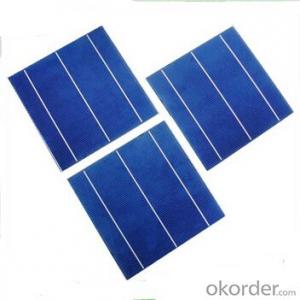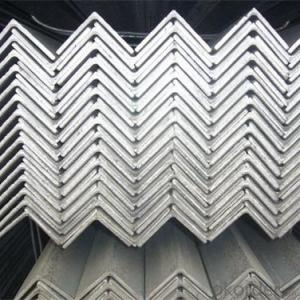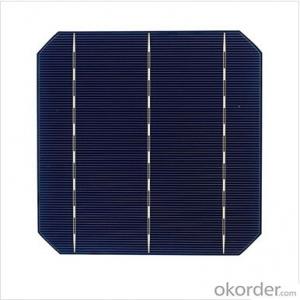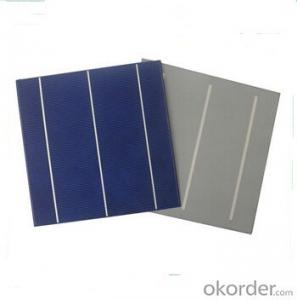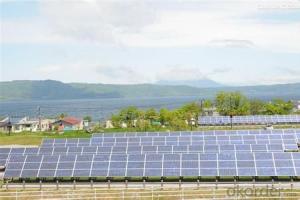Buy Small Solar Cells
Buy Small Solar Cells Related Searches
Best Solar Panel Inverter Solar Panel Decking Lights Solar Panel Inverter Box Inverter Generator Solar Panel Solar Panel Roof Mount Solar Panel Inverter Function Inverter Cost Solar Panel Cheap Solar Power Inverter Solar Panel Without Inverter Solar Panel Micro InverterHot Searches
Cheap Solar Cells For Sale Flexible Solar Cells For Sale Q Cells Solar Panels For Sale Printed Solar Cells For Sale Bulk Solar Cells For Sale 6x6 Solar Cells For Sale Broken Solar Cells For Sale Cpv Solar Cells For Sale Photoelectric Cells For Sale Price Of Silicon Solar Cells Price Of Solar Cells Over Time Buy Solar Cells From China Cheap Solar Cells China Best Type Of Solar Cells Flexible Solar Cells Price Q Cells Solar Panels Price 3 Types Of Solar Cells Production Of Solar Cells Common Types Of Solar Cells Q Cells Solar Panel PricesBuy Small Solar Cells Supplier & Manufacturer from China
Okorder.com is a professional Buy Small Solar Cells supplier & manufacturer, offers integrated one-stop services including real-time quoting and online cargo tracking. We are funded by CNBM Group, a Fortune 500 enterprise and the largest Buy Small Solar Cells firm in China.Hot Products
FAQ
- Yes, solar cells can be used for powering outdoor signage. Solar cells convert sunlight into electricity, providing a sustainable and renewable energy source for outdoor signage systems. This eliminates the need for grid-connected electricity, reduces operational costs, and reduces the environmental impact.
- Solar cells vary in size depending on their intended use and technology. Traditional silicon-based solar cells typically range in size from a few square centimeters to around 200 square centimeters. However, advancements in solar technology have led to the development of smaller, more efficient solar cells, known as thin-film solar cells, which can be as small as a few square millimeters. Additionally, solar cells can be grouped together to form larger arrays, which are commonly used in residential, commercial, and utility-scale solar installations.
- Solar cells are designed to convert sunlight into electricity, and they do not have the ability to handle or interact with electromagnetic fields from power lines.
- Yes, solar cells can be used for powering satellites. In fact, they are one of the most common and efficient methods of generating electricity in space. Solar cells convert sunlight directly into electricity, which is then used to power various systems and instruments onboard a satellite.
- Yes, solar cells can be used for powering remote mining operations. Solar energy is a reliable and sustainable power source that can be harnessed in remote locations where traditional power infrastructure is unavailable or costly to implement. Solar panels can generate electricity during daylight hours, which can be stored in batteries for use during nighttime or cloudy periods. This makes solar cells a practical and eco-friendly solution for powering remote mining operations, reducing reliance on fossil fuels and minimizing the environmental impact.
- Yes, solar cells can be used on road surfaces. Solar road technology, also known as solar roadways, involves embedding solar panels into roadways to generate electricity. These solar panels are designed to withstand the weight of vehicles and can be used to power streetlights, traffic signals, and even electric vehicles. However, there are challenges to overcome, such as durability and cost-effectiveness, before widespread implementation can occur.
- Yes, solar cells can definitely be used in residential homes. In fact, they are increasingly being adopted as a sustainable and cost-effective energy solution for households. Solar cells convert sunlight into electricity, allowing homeowners to generate their own clean and renewable energy. This not only reduces reliance on fossil fuels but also helps save money on electricity bills. With advancements in technology and decreasing costs, solar panels have become more accessible and efficient, making them a popular choice for residential homes worldwide.
- Solar cells can perform well in a variety of climates, although their efficiency may vary. In sunny climates, solar cells generally produce more electricity due to the abundance of sunlight. However, even in cloudy or cold climates, solar cells can still generate a significant amount of power, albeit at a slightly reduced efficiency. Overall, solar cells can function effectively in different climates and contribute to renewable energy generation.
















